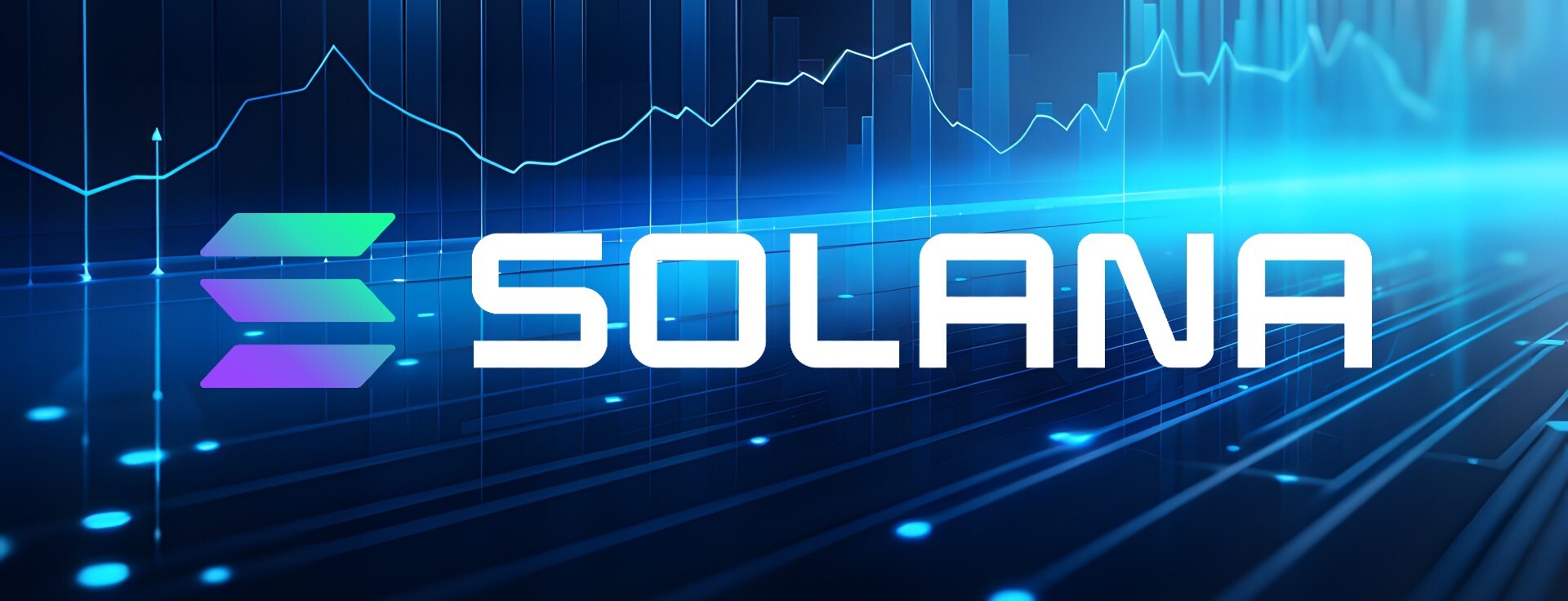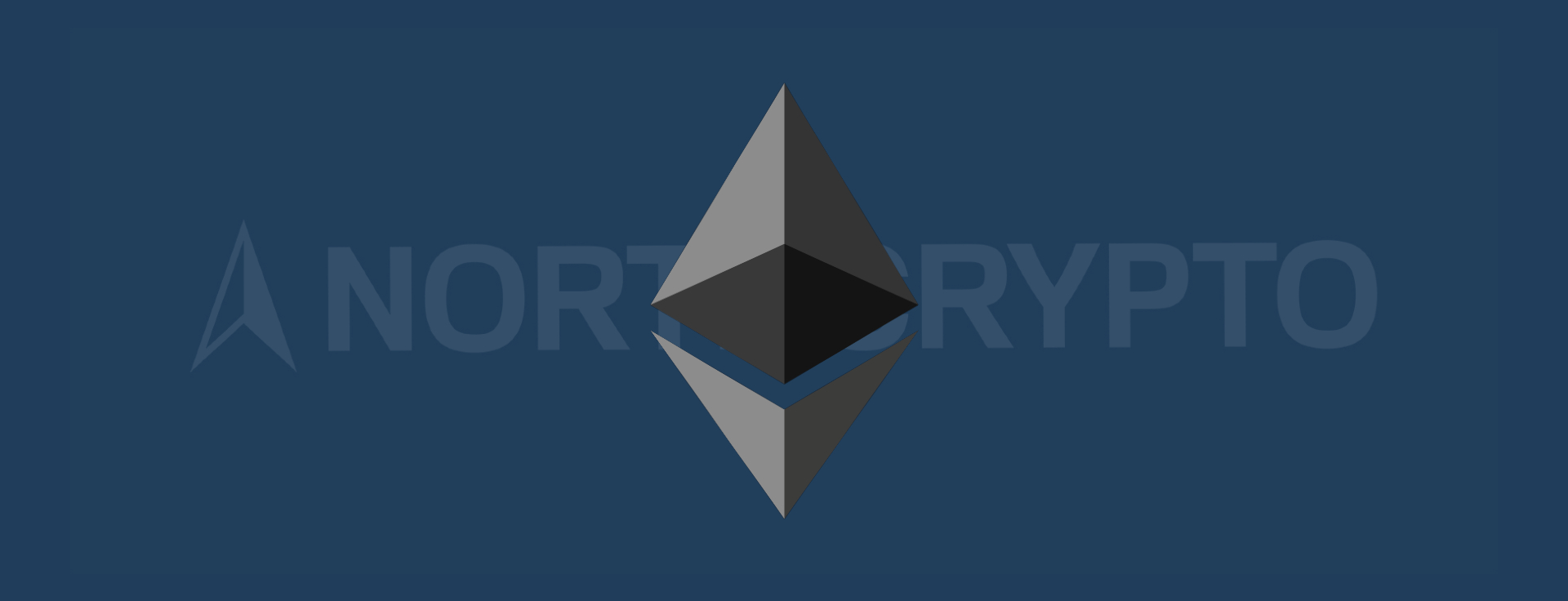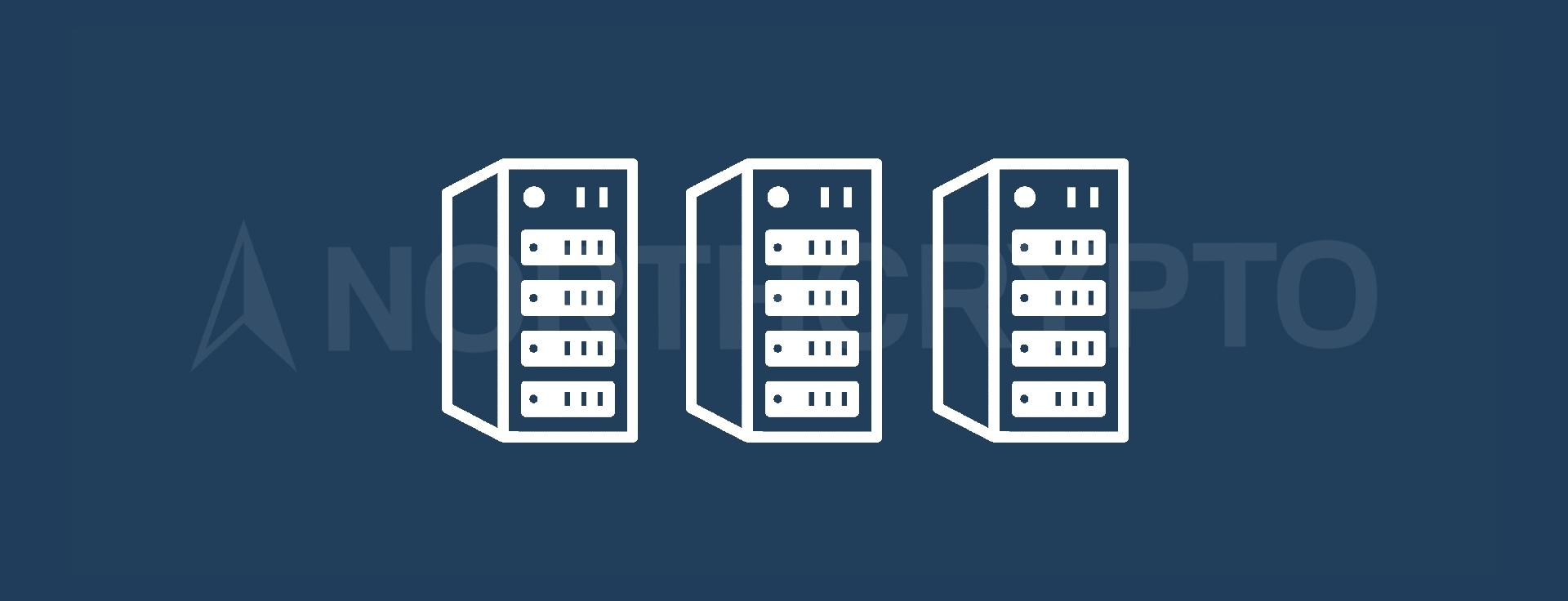What is {{chartFullCurrency}}?
{{chartFullCurrency}}'s price
{{chartFullCurrency}}'s price
{{chartFullCurrency}}'s price
{{chartFullCurrency}}
{{rate}}€
{{changePercent}}%
Buy cryptocurrencies safely & effortlessly
Create an account and start investing to cryptocurrencies with Northcrypto.
Start investingSolana is a smart contract platform that has grown in popularity, especially between 2023 and 2024. Solana (SOL) has also managed to establish itself as one of the largest cryptocurrencies in terms of market capitalization. Solana aims to differentiate itself from, among others, the largest smart contract platform on the market, Ethereum, with faster and cheaper transactions. In practice, Solana transactions settle in seconds and cost some cent parts. Like Ethereum and many other smart contract platforms, Solana uses the Proof of Stake consensus algorithm.
Fast and low-cost transactions are enabled by Proof of History technology, which uses timestamps to process transactions. In practice, Proof of History timestamps allow validators to process transactions without the need to wait for confirmation from other validators. With Proof of History, Solana can theoretically perform up to 65,000 transactions per second.
When referring to Solana, Solana refers to the smart contract platform, and the native token of the smart contract platform is also called Solana. Solana token's ticker is SOL. The Solana token was released with the release of the Solana mainnet in early 2020. As with Ethereum's ether token, the Solana token is used to pay transaction fees on the Solana smart contract platform.
Like Ethereum, the terms DeFi, i.e., decentralized finance, and NFTs, i.e., digital assets on top of a blockchain, are centrally associated with Solana. Solana has emerged as a popular platform for both DeFi and NFTs, especially between 2023 and 2024. The main reason for this has probably been Solana's many times cheaper and faster transactions compared to, for example, Bitcoin and Ethereum.
The downside of Solana's fast and low-cost transactions can be seen in its lower level of decentralization than, for example, Bitcoin and Ethereum. In practice, this means that Solana has fewer network validators. This is mainly due to the high hardware and maintenance costs associated with being a validator. In response to this, Solana is expected to introduce Firedancer technology in 2024, aiming to enhance not only decentralization but also the already excellent scalability of Solana. In practice, Firedancer is a completely redesigned version of the client used by Solana's validators.
When talking about Solana, one cannot ignore Solana's Saga smartphone. Solana introduced the Saga smartphone in 2022, which offers various Web3-related integrations. These include decentralized application (DApps) store and secure storage of cryptocurrency private keys. Solana opened pre-orders for a redesigned version of its smartphone, the Saga 2, in early 2024. Interest in the Saga 2 grew very high, with pre-orders exceeding 100,000 in just a few weeks.
History of Solana
Solana is a project that started in 2017. At that time, Anatoly Yakovenko, a Ukrainian computer scientist and co-founder of Solana, published the Solana whitepaper, i.e., project plan. In addition to Yakovenko, Solana is backed by Solana Labs, the development arm of Solana, and the non-profit Solana Foundation, which focuses on decentralized governance, growth, and security.
Solana raised around €20 million in funding rounds in 2018-2019. In addition, Solana raised capital in early 2020 through an initial coin offering (ICO), where investors receive tokens in exchange for their capital. Shortly afterward, in March 2020, the Solana Mainnet and the Solana token were launched. Solana became more widely known during the 2021 bull market when its popularity increased significantly. The price of the Solana token also increased more than 100-fold, with the total market capitalization of Solana peaking at almost €70 billion in 2021.
2022 is remembered in the cryptocurrency market, especially for the collapse of the FTX cryptocurrency exchange. The FTX crash had a particularly strong impact on Solana, as Alameda Research, which was heavily linked to the FTX and also in deep trouble, was a major supporter of Solana and owner of Solana tokens. As a result, the price of the Solana token plummeted during the year to a low of less than €10, a drop of more than 95% from the previous year's all-time high price.
In 2023, the SOL token recovered from the previous year's collapse and, following a late-year surge, became one of the best-performing higher-market cryptocurrencies of the year. The year 2024 got off to a promising start for Solana, with transaction volumes for Solana as a smart contract platform reaching even higher levels than Ethereum on several days. The increase in popularity was also positively reflected in the price of the Solana token, which set a new record in March 2024 in terms of market capitalization.
Solana as an investment
Solana has increased its popularity both as a smart contract platform and as an investment significantly between 2023 and 2024. As its popularity has grown, Solana has risen to a position where several cryptocurrency experts have begun to see it as a viable competitor to the market's leading smart contract platform, Ethereum. The main reason for Solana's growing popularity has been its low-cost and fast transactions, which have positively distinguished it from many other smart contract platforms.
In recent years, Solana has increased its market share as a smart contract platform, especially for trading lower-value cryptocurrencies and so-called meme coins. These cryptocurrencies are traded for smaller amounts of money on average, for which Solana is ideally suited thanks to its very low transaction fees.
The number and quality of decentralized applications on the Solana platform and the number of transactions carried out on the platform also have a positive impact on the price of the Solana token. The increased popularity of the Solana smart contract platform has therefore been a major factor behind the success of the Solana token. Therefore, if Solana's popularity continues to grow in the future, this is likely to be reflected positively in the price of the Solana token.
The main challenges for Solana in the near future include more centralized governance than Bitcoin and Ethereum and occasional problems with the network. However, these challenges will be addressed by technologies such as Firedancer, which is expected to be released in 2024. Thanks to its growing popularity in recent years, the future of Solana as a whole looks promising. With its growing popularity, Solana has developed a large community around it, which bodes well for its continued growth in the future. In addition, Solana has managed to attract a large number of developers to create various projects on the Solana platform, which is naturally positive for the interest in Solana. The easiest way to invest in a Solana token is through Northcrypto.
Sign up now to invest in solana



